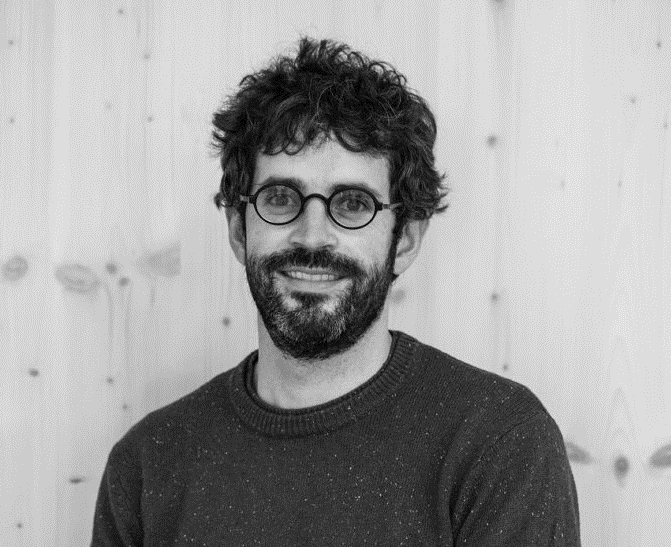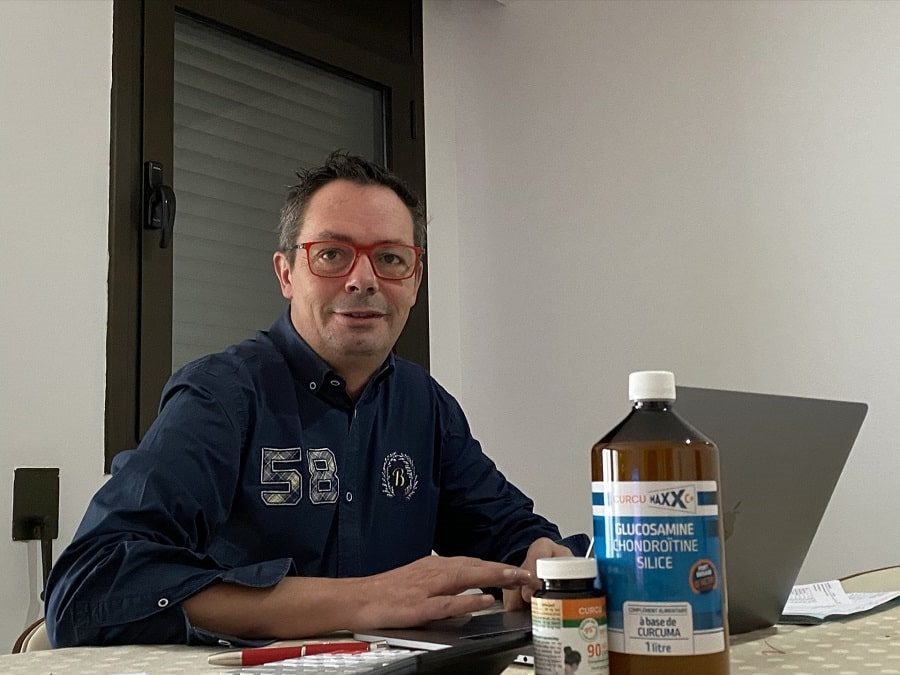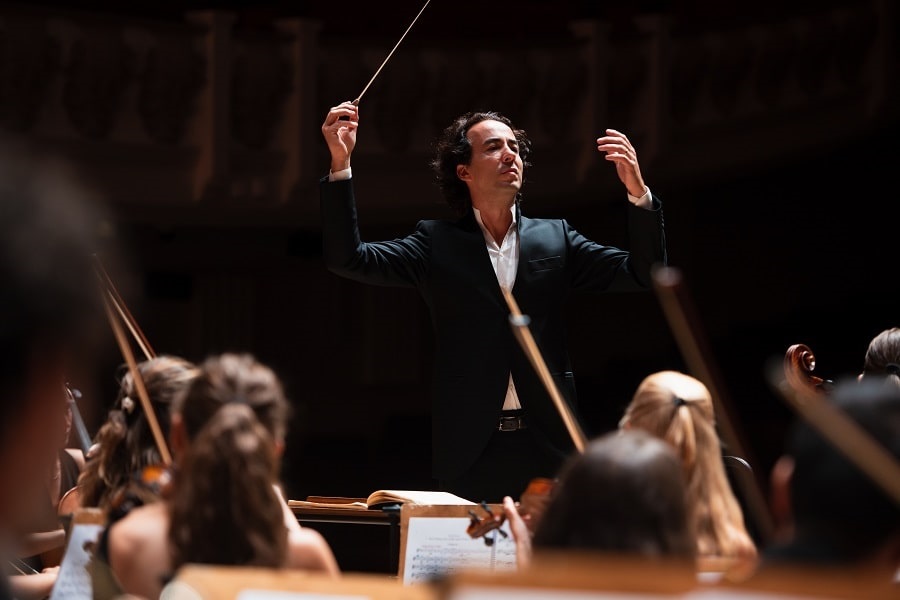 Lloret de Mar is a resort city in Spain, the Selva region, south of the Costa Brava, Catalonia. A pioneer of European tourism in the 1950s, Lloret has become one of the most important tourist destinations. Although it is a gathering point of cultures and traditions, it maintains its cultural identity.
Lloret de Mar is a resort city in Spain, the Selva region, south of the Costa Brava, Catalonia. A pioneer of European tourism in the 1950s, Lloret has become one of the most important tourist destinations. Although it is a gathering point of cultures and traditions, it maintains its cultural identity.
We talked to the mayor of Lloret del Mar, Jaume Dulsat i Rodríguez, about the main attractions of the city, plans for the development of tourism, as well as real estate prices and the first consequences of the global energy crisis.
Interview: Irina Rybalchenko
Lloret del Mar is the capital of Costa Brava. What are the main attractions in your city?
Lloret de Mar is a sunny and urban beach destination that offers a good combination of beaches with all services, heavenly coves and interesting cultural, gastronomic, hotel and leisure activities both day and night. In addition to its strategic location close to cities such as Girona, the Dalian Triangle (Figueres, Portlligat and Pubol), Tossa de Mar makes Lloret de Mar the best hub on the Costa Brava.
The main industry is tourism and services related to tourism. In recent years, we have completed a particularly important task of reconverting a tourist destination, adapting to new requirements and modern tourism trends. For example, we have developed new tourism products to extend the tourist season, such as business meetings and events, sports or cultural tourism. And most importantly, this is being done through a public-private partnership that combines these projects with large investments from the private sector.
What are the main investment projects of the city?
The City Council of Lloret de Mar submitted various projects to European Next Generation funds and received 6.9 million euros, which is the largest amount ever received in Catalonia. With these funds, we will be able to implement projects related to the revival of the old city, the reconstruction of the municipal market, and the creation of a natural amphitheater in the gardens of the Santa Clotilde (Jardins de Santa Clotilde). We also plan to introduce improvements in the field of mobility and security on the one hand and the digitization of our manufacturing industry on the other.
Is it true that vineyards previously occupied the Santa Clotilde gardens? What is the story of this place?
In 1919 the Marquis of Roviralta commissioned the project of Santa Clotilde Gardens to a young landscape gardener and architect: Nicolau Maria Rubió i Tudurí. Indeed, vineyards occupied the site. The Marquis bought adjoining plots of land over time, eventually obtaining the current 26,830 m2 that the gardens cover. The gardens are perched on a clifftop with stunning sea views, between Boadella Cove and Fenals Beach.
The architect was engaged with the prevailing artistic trends of the time, such as noucentisme. This Catalan cultural movement of the early 20th century sought to recover classical form by striving for symmetry, proportion and order. To transmit these ideals in a garden, Rubió i Tudurí combined a wide variety of techniques, such as topiary, which consisted of trimming plants to give them shape and to create space.
Since the gardens are set on a cliff top, there were many elevation differences. This problem was overcome through the creation of stairways and ramps. He planted ivy on the risers of the steps so that when the staircase is observed from the bottom, it gives the optical effect of a waterfall made of plants.
What plants and trees grow there?
The plant life found in the gardens is typical of the Mediterranean basin. There are pine trees, lindens, poplars, Japanese mock-orange and cypresses. Rubió i Tudurí took the greatest care with flowering plants to ensure that there were always flowers in bloom. This is why, depending on the season, a wide variety of species are alternated.
What other interesting places in your city would you recommend to tourists?
One more interesting place is the Iberian settlement of Turó Rodó situated on a 40-meter-high promontory located not far to the northeast of Lloret de Mar.
There is also the Maritime Museum in our city, which is housed in the old Casa Garriga. This 19th-century building, located on Passeig Verdaguer Avenue, is a symbol of a glorious past when some Loretans gave up everything to leave and make a fortune in America.
In 1981, the city council bought the house to turn it into a local history museum. Today it is more than just a museum. Thanks to the didactic and entertaining elements, the visitor of the Maritime Museum is immersed in an authentic journey through the history of Lloret and its close relationship with the sea.
Then, the Puig de Castellet Iberian fortified settlement is perched on a hill at 195 meters above sea level. The flat area on which it is located enjoys a commanding view of the coast from the Tordera Estuary to the eastern edge of Lloret Beach.
Puig de Castellet was built between the first and the second of these wars, in around 250 BC, and was finally abandoned shortly after the end of the second war, in around 200 BC.
The various spaces fulfilled different functions: they could be houses, workplaces, storage areas or community spaces.
And finally, the Archaeology Museum Can Saragossa is considered to be synonymous with the history of the town of Lloret. As a working farmhouse, it was one of the oldest in the town. After undergoing a modernist refurbishment in the 19th century, it became a luxury summer residence before being turned into a hotel in 1954. It now houses the permanent Iberian archaeology exhibitions and the extensive Joan Llaverias collection. Its rooms also house the headquarters of the Cultural Heritage Unit, among others, of Lloret de Mar Town Council.
Who are your main tourists?
France, Catalonia, the United Kingdom and Germany are the main issuing markets for overnight stays in Lloret de Mar.
Generally, by the end of July, we were visited by 624,664 tourists (38.8% from Spain, 22.10% from France, 5.4% from the UK, 5% from Germany, 4.9% from the Netherlands, etc.).
I can propose to you some statistics about our city. Lloret del Mar is the fifth sun and beach destination in Spain in terms of the number of hotels (we have more than 120 hotels with about 29,000 hotel places), more than a million tourists per year and more than 5 million tourists of overnight stays per year.
How do you develop tourism? What important cultural and sporting events have occurred this summer and what is planned in September?
Our goal is to specialize in tourism products that allow us not to be tied to the tourist season and attract new tourism segments.
Forecasts for this 2022 summer season are positive after two years of a pandemic with heavy restrictions. The City Council of Lloret de Mar and Lloret Tourism have developed a Summer Open Air Festival program that brings together all the cultural offerings of this summer.
On the other hand, there is also Lloret Nature Summer which offers diving, paddle yoga, and paddle surfing.
For September we plan to organize the World Day of Tourism (09/24 – 09/27).
Let’s talk about the real estate market. What do you think, should we expect an increase in property prices in Lloret del Mar due to the global crisis?
Girona is the Catalan province where house prices have risen the most in the past year. The Catalan average is 5.3% and only the Girona districts are above this average. In general, housing prices in the regions of Girona rose by 6.6%.
Have you already felt the impact of the global crisis? How did these factors affect the city’s economy and tourism?
Yes, this is a global crisis and therefore affects everyone, including Lloret. That’s why it’s important to work on strategies that allow for less dependence on the global energy market
Is there a lot of land for sale?
There are much more houses in the city than building land.
As mayor of Lloret del Mar, which project would you like to implement first?
There is a project that we have been working on for many years. This is a project to improve communications in Lloret de Mar. We are the only municipality with a population of over 30,000 without a motorway. This is of particular concern to us, given the positive dynamics in the field of tourism.










